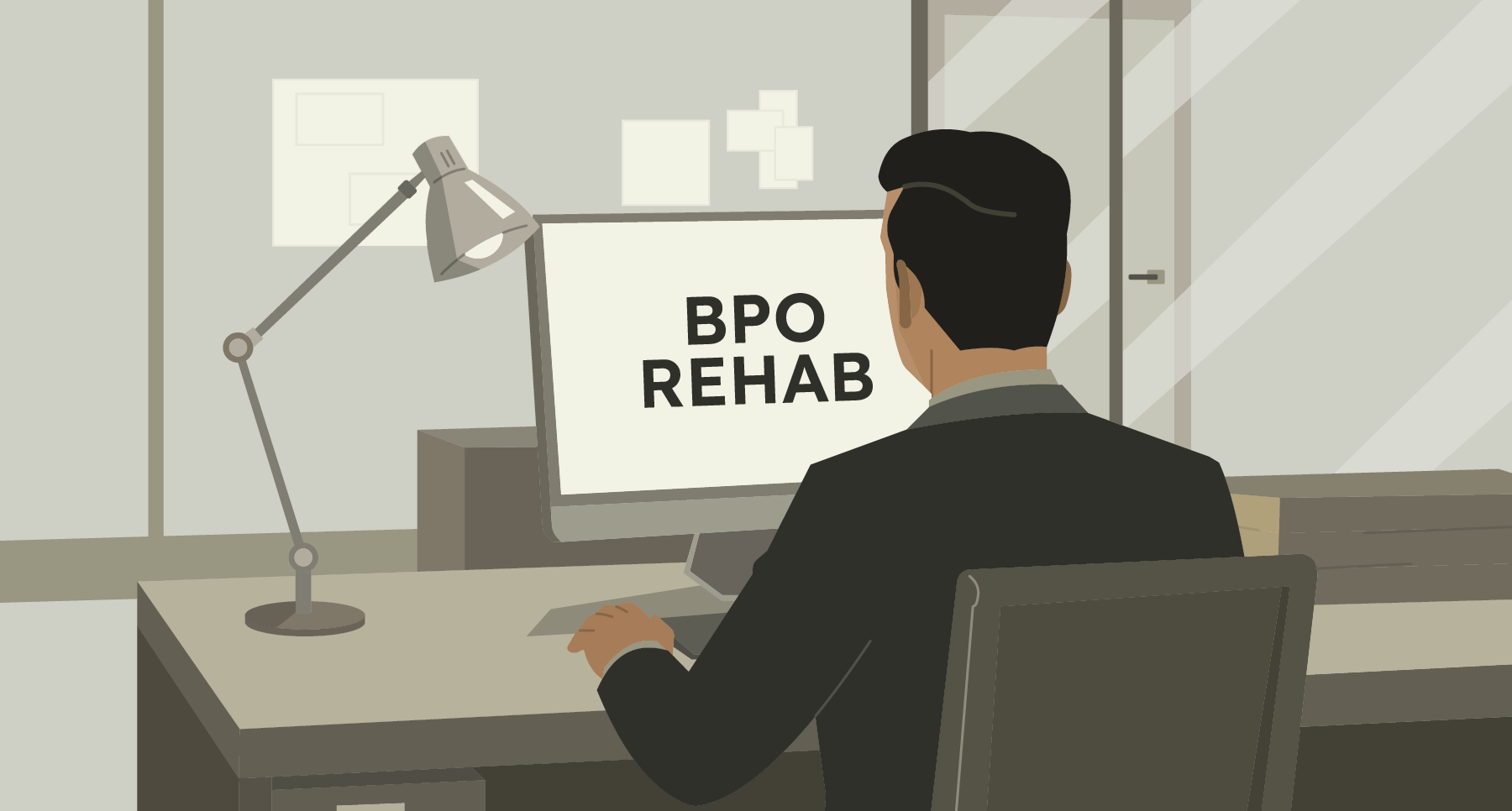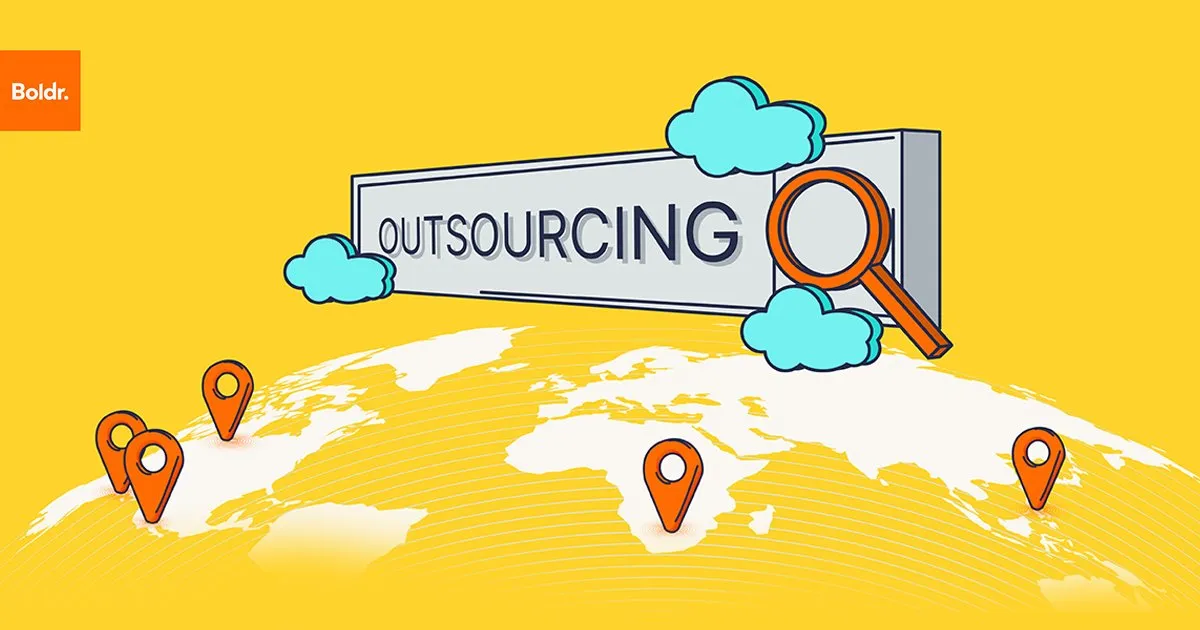C-level leaders of high-growth organizations don’t need to be sold on Business Process Outsourcing (BPO). They already know the strategic advantages of BPO beyond cost efficiency.
What the leadership team wants is to get BPO right.
COOs, CFOs and other C-suiters want an outsourcing solution that is sustainable, driving customer satisfaction (via customer service, among other facets) – and shareholder value. So, if you’re thinking executive leadership is out of the operational effectiveness loop or waiting for someone else to make a BPO recommendation, think again.
Case in point: Your boss is online looking for solutions, so you may want to do the same. Sources including The Financial Times report a significant increase in LinkedIn activity among the executive team, especially CEOs. LinkedIn activity by CEOs has climbed nearly 25% year-over-year internationally, and they are leading a trend among executive decision-makers. All this to say corporate leadership is not waiting around for strategic tools that drive greater value, agility and competitiveness. They’re on the hunt, out front, here on LinkedIn and otherwise.
BPO rehab
We call this BPO rehab. You might call it optimizing outsourcing. Whatever the label, a top executive’s goal is usually the assessment and improvement of past or existing outsourced processes. Maybe address inefficiencies, upgrade standards and improve alignment (cultural alignment and alignment with changing or unmet business goals).
Whether this means addressing scalability & flexibility, accessing global talent, refocusing on core competencies or enhancing speed & agility, executive teams are generally looking to rehabilitate BPO to better meet performance objectives and/or adapt to challenges like growth and competition. And, yes, BPO optimization often means a change in business partner. (Making a Boldr decision, I like to say.)
Value Prop out of focus?
One thing that has not changed is the tendency to undervalue CX when reviewing potential BPO partners. It’s easy for teams reporting to a top executive to focus solely on cost reduction & efficiency – which are indeed crucial – while minimizing strong customer experience, which strengthens a company’s market reputation, improves retention, builds brand loyalty and more.
With this pivot, we start to see enhanced CX as a linchpin of revenue generation. Not a nice-to-have, but driving growth, satisfaction and profits. And I am not upselling; data is king and consistently tells this story for us. It is possible to protect brand voice, customer service and brand/corporate culture – all while reducing costs.
In fact, if your goal is to increase shareholder value and improve the ROI of CX (viewed as a cost center), we begin to see the value of the optimal BPO partner: Improving CX ROI – and providing operational improvements – while turning on the desired spigot(s).
CX & the bottom line
It doesn’t look the same for different business partners or across industries, but it can be intoxicating to find the nexus of CX value + bottom line. If our operationally-savvy executive – rightly focused on investor return – begins to see data demonstrating reduced churn and an increase in customer lifetime value (CLV), the case for BPO rehab is made.
Customers with “the feels” for a brand have a 300% higher CLV and are more likely to refer other customers. And the ripple begins: More than 80% of consumers trust familiar recommendations. Likewise, positive social proof – consumers mimicking other, trusted familiars – influences buying decisions. That kind of customer acquisition is low-cost (and built in!), generated by existing customers who have good experiences.
And happier customers are more amenable to upselling. CX that feels curated drives conversion rates by 10-15%. Simply increasing customer retention by 5% can drive an increase of 25-95% in profits, with repeat customers having both a higher average order value…and more frequent orders.
Bottom-line bang
The right BPO partner can drive a company’s EBITDA (overall financial performance) by reducing operational costs. This can happen via efficient process management, leveraging tech, expert insights via data analytics and other factors. In expertly executing these elements your BPO enables a client partner to focus on core revgen activities.
Worth noting: At Boldr we’re tech-agnostic, so we work with your tech = seamless integration; and, as we manage AI and CRMs for our clients, we've got a broad understanding of what would work best for them and can make independent recommendations based on their use case.
Caraway is a fast-growing partner of Boldr, and represents the payoffs of “world-class” CX delivery by the right BPO resource.
Read the case study, then let’s connect so I can learn more about your concerns and challenges.
Likewise, a well-aligned BPO can improve renewal rates by deftly managing customer relationships, tailoring renewal comms, identifying churn risks and other impediments, as well as a host of other functions. In doing so, your BPO maximizes customer engagement (including upsell and cross-sell) and expands the perceived value of the client’s product(s).
A Boldr case study demonstrating a toe-in-the-water and phased client relationship that is successful and lasting (8 years!) takes a look at Interfolio, a company that provides a platform for higher education institutions.
Read more about this alliance and then hit me up with questions.
BPO innovation = profits
And look, I know it can be tough for high-growth organizations to look at down-the-road metrics and make the jump. But experienced chief executives – particularly at larger, faster-growing brands – know that getting BPO right offers strategic advantages beyond cost savings.
Besides, BPO rehab – up to and including a BPO switch – need not be an all-at-once, all-or-nothing proposition. Even “the bigs” opt for phased implementation. One example of how Boldr does that is by building a small team as an extension of our client’s team, rather than a replacement for it. This minimizes risk, maximizes results.
Another quick example: Have one team in one region pilot your optimized BPO solution, building toward the global CX team that makes you, your C-suite and your investors think, Why didn’t we throw this strategic pebble in the pond sooner?!
Greg Collins is Boldr’s Chief Revenue Office. His talents are driving strategic change, building high-performing teams and delivering growth in revenue and retention.


